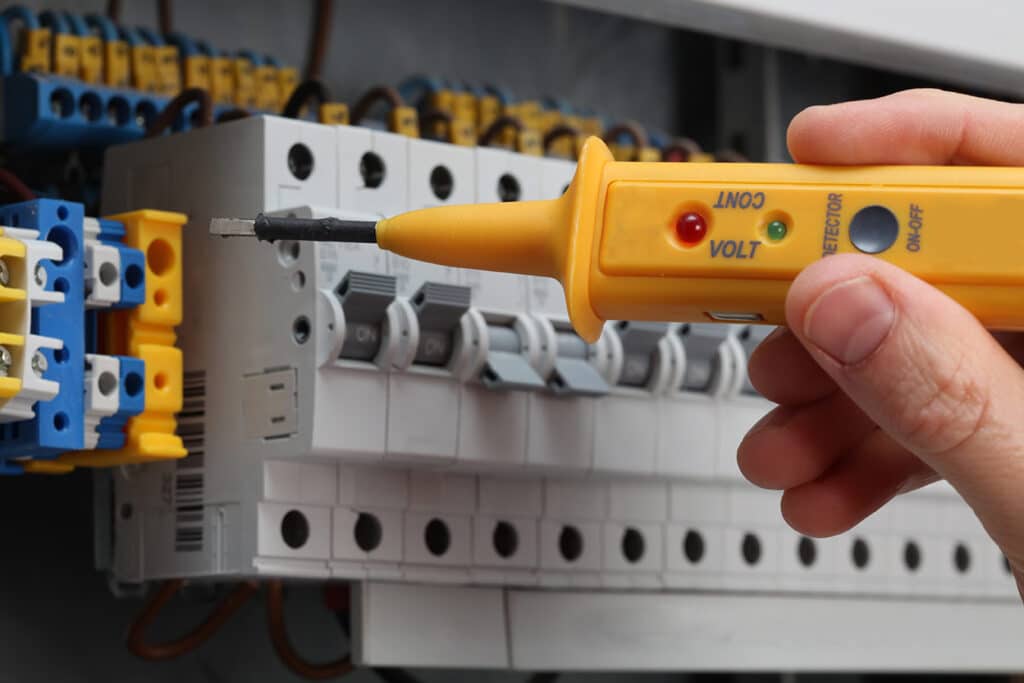
What are EICR Classification codes?
Code Classifications
C1 (Danger Present)
Immediate action should be taken upon receipt of this code. The Electrician conducting your inspection should notify you straight away if they find an issue this important. Isolating or switching off effected parts of the installation may be required for safety. Examples of C1 Classification include:
- Exposed live parts
- Conductive parts have become live
- A badly damaged accessory
C2 (Potentially Dangerous)
Urgent remedial work must be completed. If you receive a C2, the issuing Electrician has observed an issue that could become a danger. Your immediate safety may not be at risk, however, faults or other foreseeable circumstances will result in the safety of your installation becoming compromised. Examples of this classification include:
- Ineffective earthing
- Gas pipe used for earthing of the installation
- Cross sectional area of earthing conductor not satisfactory
C3 (Improvement Recommended)
No immediate remedial action must be considered. However, improvements are advised to enhance the overall safety of your electrical systems. Examples of C3 are:
- Socket outlet mounted in a position that may cause damage
- Circuit identification details not present
- Cable core colours compliant with outdated compliance methods
These examples represent a small percentage of overall use cases. They are designed as a reference for you.
What Do the Codes Mean for You?
If you receive a C1 or C2 code in your report, your electrical systems have been deemed unsatisfactory. Remedial work must be complete within 28 days and reported to your local authority. If your property is vacant at the time the EICR is conducted, you must complete the work before your tenant moves in. If your tenant moves in and hurts themselves, you may be liable for this.
For more information about classification codes, see https://www.electricalsafetyfirst.org.uk/.


